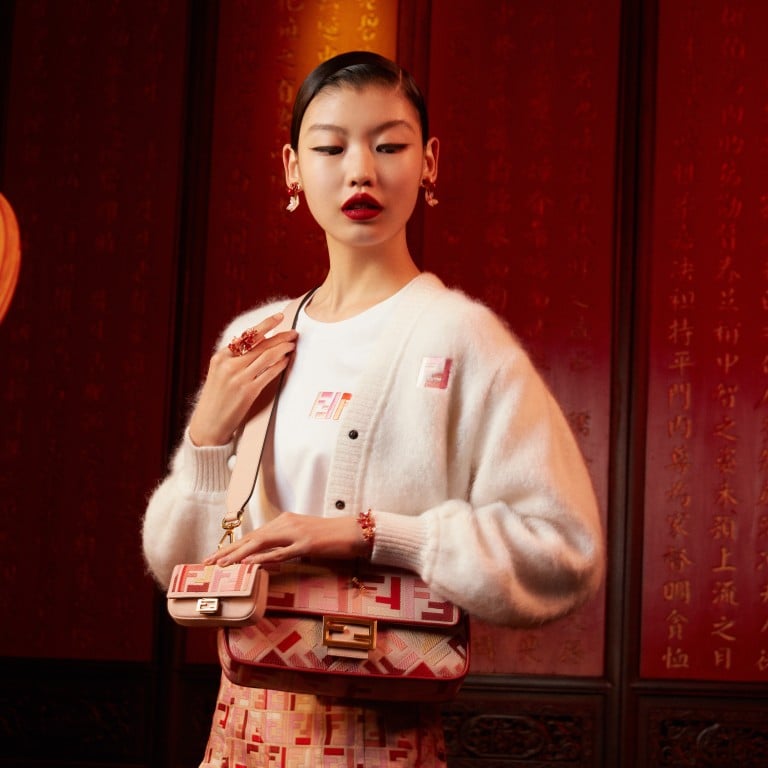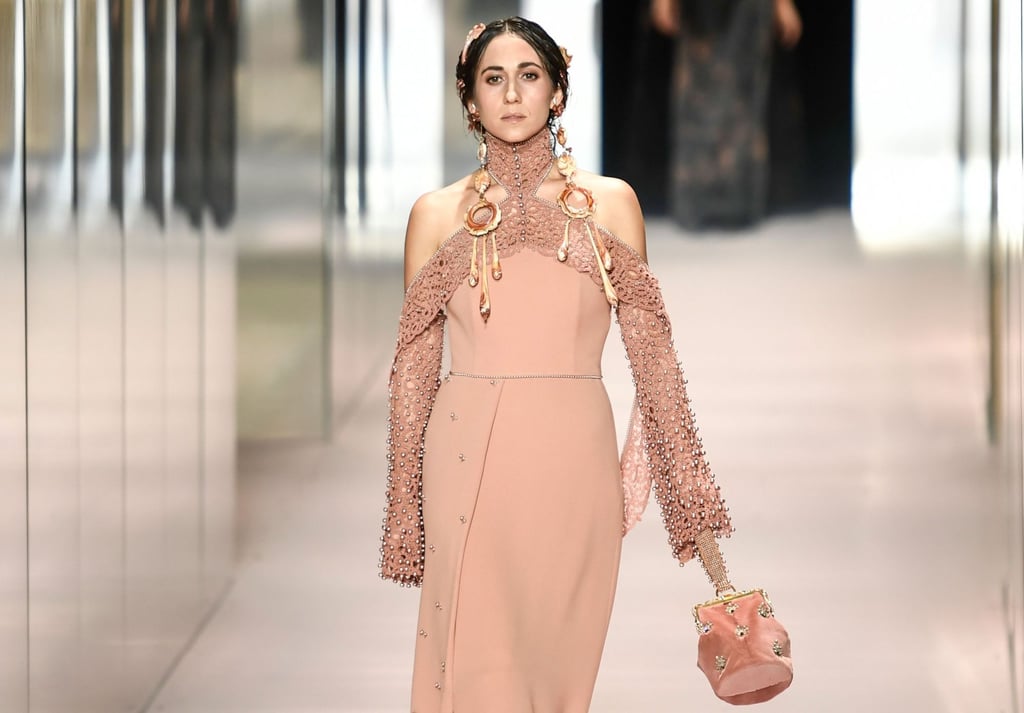Advertisement
Advertisement
Advertisement
Opinion / What does the Year of the Ox mean for luxury markets in China and beyond? Chinese Gen Z consumers have emerged to be the most influential in the world, and luxury brands need to keep up
STORYDaniel Langer

- Luxury brands struggled in 2020 due to Covid-19, and the slow vaccination roll out means 2021 is likely to bring little relief
- While European and North American luxury markets shrunk, China’s grew by 50 per cent in 2020 – thanks to patriotic consumers, ‘revenge spending’ and KOLs
This is part of STYLE’s Inside Luxury column.
We are just a few days away from the Lunar New Year. The Year of the Rat will end and the Year of the Ox will begin. Since the ox is hard working and methodological, 2021 is supposed to be a year where hard work will be rewarded. This suggests a promising silver lining to many luxury brands that struggled in 2020. But not so fast!
The Chinese luxury market was firing on all cylinders all along. It grew by almost 50 per cent in 2020, to be worth more than US$50 billion a year, according to estimates by Équité that have been confirmed by the data in Bain’s annual China luxury report. This is a stark contrast to the contraction of the global luxury market, which shrank unprecedently by around a quarter. To put this in perspective, given that China was already the world’s most important and most dynamic luxury market, growing faster than ever, the decline in other regions has been nothing but catastrophic.
Advertisement

Some luxury brands I spoke to lost 75 (!) per cent or more of their business in North America and Europe, and a 50 per cent decline in these critical regions has been the norm. This indicates two things: first, China is the lifeline for global luxury brand, and second, despite the huge gains in China, the decline in other regions has led to a dire situation for most luxury brands.
The Economist Intelligence Unit recently published an analysis forecasting the speed of vaccinations. According to the data provided, Europe and the US will only see a large part of their population vaccinated by the end of 2021, while large parts of Asia and Africa will only experience widespread vaccination success much later, in mid 2022 or even 2023 and onwards. This view is probably more realistic than the overly optimistic expectations of 2021 being the end of the pandemic that many luxury brand CEOs had at the end of last year. In other words, 2021 may look a lot like 2020.
For luxury brands, this is a call to action. The wait and see approach that many brands were taking through 2020 will not be a viable business model to survive in 2021 and beyond. There are important lessons from 2020 that brands should reflect on now.
Let’s take a closer look at the stratospheric growth of the Chinese luxury market. There were a couple of one-time effects that were specific to the highly digital and young Chinese market. The Chinese luxury market has the highest share of Gen Z consumers, or consumers up to 25 years of age. According to Équité, the share of Chinese Gen Zers on total luxury is between 10 and 15 per cent, the highest in the world, and almost double the share in Europe and North America. Chinese Gen Zers are also the most optimistic and most patriotic consumer group.
